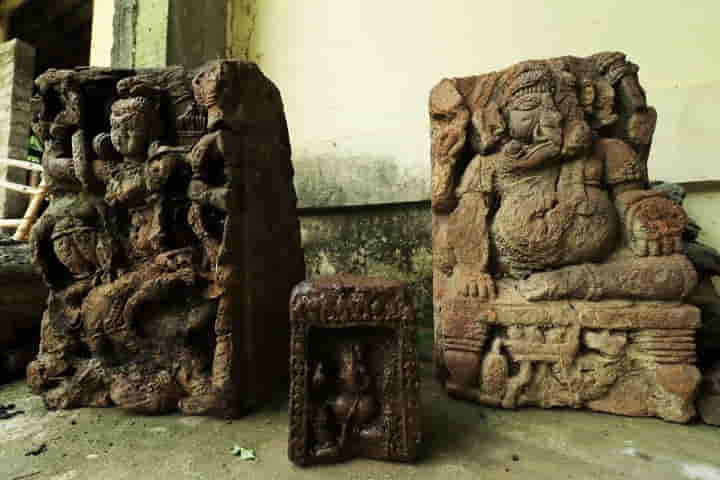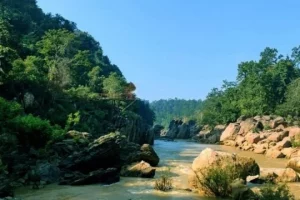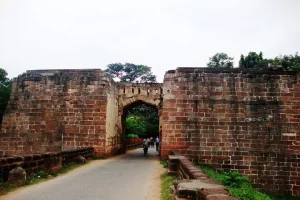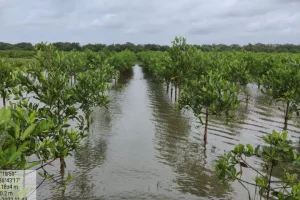It could actually be termed as a chance discovery which is what exactly happened with the six-member team of Rediscover Lost Heritage. Busy with inspection and survey of the Ratnachira Valley, they were checking the precincts of the ancient Gateswar temple in Laudanki village — 15 kilometres from Pipli and 40 kilometres from Bhubaneswar — when they found a virtual treasure trove of idols, an assortment of about two dozen artefacts.
This happened yesterday that is August 12 when artefacts were found under a huge heap of garbage at the back of the temple kitchen. In fact, earlier RLH members had discovered the remains of an ancient temple which were scattered around the complex which had many carved stone blocks, according Anil Dhir, a historian and the leader of the team.
Besides the idols, they also found panels at Laudanki village which is located near Satasankha on the Bhubaneswar-Puri road.
Also read: 20,000-year-old Stone Age cave paintings found near Delhi bring alive ancient civilisation
What is really ironic is that these artefacts had been earlier found by the State Archaeology Department way back in 1999, when they were restoring the temple. Deciding to keep them aside with the aim of moving them to the State Museum later, they did little on this front.

According to a report in the Statesman News Service, the villagers told the team that SAD had found these images while working and decided to move them later to State Museum.
This plan, however, was disrupted when the temple was flooded due to the Super Cyclone of 1999 during which the treasure trove was lost. Unfortunately, the officials forgot about them, and they remained buried.
With the result that these priceless idols remained hidden and buried under garbage during the next two decades, according Dhir.
Also read: Dholavira — an Indus Valley mega-city — joins 39 others in UNESCO's World Heritage list
The Chief Coordinator of RLH, Deepak Kumar Nayak, providing details of the images disclosed: “The recovered images include a three feet Kartikeya image in Mayurasana, a two feet Ganesh in Ardhaparayanika, a two feet Mahisamardini image, a seven hooded serpent image of Manasa besides an assortment of temple panels with intricate carvings of Alasyakanyas, Brushavas, Nara Vidalas.”
Besides this, a small brass mask of Lord Shiva was discovered. With the exception of this item, the remaining all belong to a period from 9th to 12th Century AD. The discovered artefacts have been kept safely inside the temple, while the authorities have been informed.
The other members of the RLH team included Aloukika Mohanty, a Conservation Architect, Subhashish Dash, Suman Prakash Swain and Sitakanta Mishra. Earlier this team had found at Biropurusottampur a very early stone temple. This site is located four kilometres from the present place.

Dhir told the media that the Ratnachira Valley like Prachi Valley is a treasure house of many archaeological wonders but a majority of them being obscure remain unknown and undocumented.
According to legend, this place has a connection with Lord Ram who drew the river to help Sita quench her thirst by charting its course using her pearl ring. Dhir requested the authorities to survey the area and excavate it, as it bound to yield rich results in terms of history and archaeology.
Dhir observed: "A survey of the entire 60 km long Ratnachira valley should be undertaken and the monuments documented.”



















